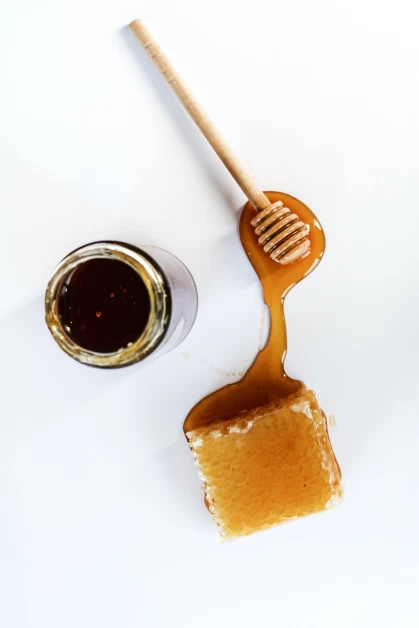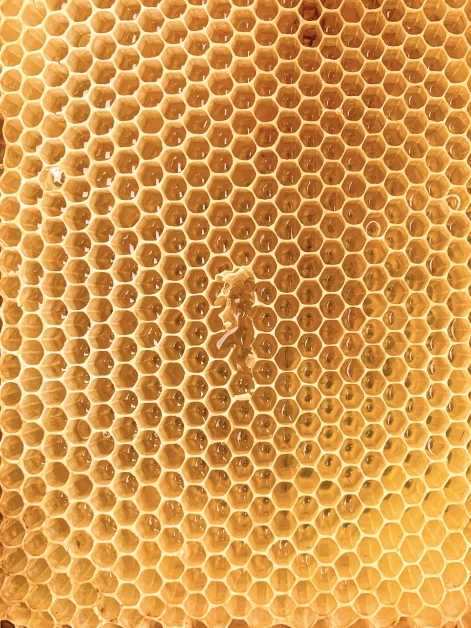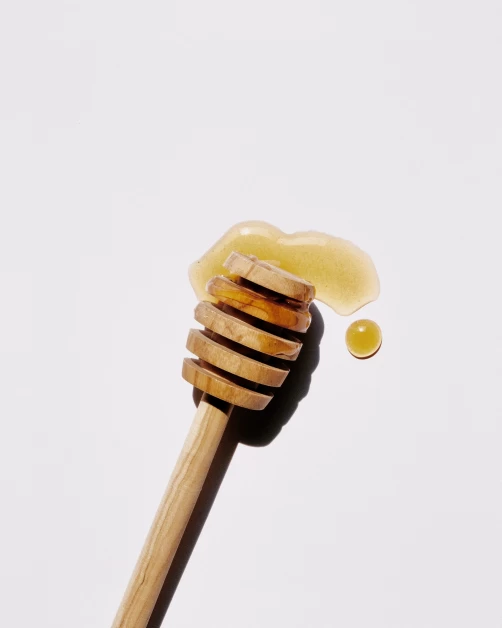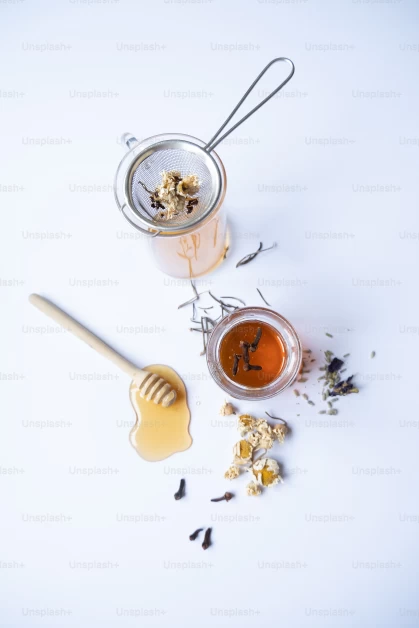Table of Contents
Summer time in the UK is a very special time that everyone looks forward to, especially after the rain and cold that winter brings. We look forward to sitting out in the garden with a cold drink and soaking up the sun, having summer BBQs with friends and family, and taking trips to the park for picnics. Unfortunately, summer can be ruined for those who have allergies. In this article, we will explore how Manuka honey can be used to combat hay fever and other allergies.
Manuka Honey: A Natural Alternative
As summer approaches, many people start experiencing symptoms such as a tickle in the throat, itchy eyes, sneezing, and a runny nose. These are all signs that the pollen count is rising and allergies are kicking in. While most people turn to antihistamine medications, these can make you feel drowsy and may have interactions with other medications. If you’re looking for a safe and natural alternative, Manuka honey may be the answer.
It’s important to note that seasonal allergies can not only affect you physically but also take a toll on your mental state. Constant sneezing and irritation can make it difficult to enjoy the summer. Additionally, traditional allergy medications can cause fatigue, leaving you in a bad mood and feeling lethargic. Many allergy sufferers end up staying indoors during the summer months because the symptoms outweigh the benefits of spending time outside.
Staying indoors more during the summer can also lead to a deficiency in Vitamin D, which is obtained through direct sunlight exposure. Vitamin D is crucial for optimal body functioning, and low levels can have long-term biological effects. Therefore, it’s important to plan ahead and find solutions to seasonal allergies before they become a problem.
By taking Manuka honey as a daily immune support supplement, you can boost your body’s defenses and survive the high pollen counts of summer. Planning ahead and stocking up on Manuka honey before summer arrives can allow you to enjoy more time in the sun with your loved ones.
Honey has been used for thousands of years for its medicinal purposes. Ancient civilizations such as the Egyptians, Greeks, and Romans used honey to heal wounds, and it has been shown to have countless other health benefits. One of these benefits is its potential to treat seasonal allergies like hay fever, which is estimated to affect 1 in 4 people in the UK. By exploring older solutions with a long history of success and fewer side effects, we can find an all-natural remedy that can be taken daily.
Studies have shown positive results in reducing allergy symptoms by taking Manuka honey during the summer months. In fact, one study even found that the benefits lasted for a full month after stopping the consumption of Manuka honey. One way in which this honey can help is by improving your body’s internal responses and biological reactions to allergies. Evidence suggests that Manuka honey can reduce airway inflammation, suppress the immune system’s response to allergies, and even reduce nasal mucus.
Manuka Honey is Packed With Nutrients
Manuka honey has a strong reputation for being packed with nutrients that can support your health and energy levels. It is known for its high levels of antibacterial properties and antioxidants, which scavenge and neutralize free radicals and help prevent cell damage. As a bonus, Manuka honey is also a natural antihistamine, making it a great option for those who struggle with summer allergies.
However, it’s important to note that certain individuals may have an allergic response to certain types of honey, especially multifloral honey made from pollen sourced from multiple plants. Manuka honey, on the other hand, is a true monofloral source, meaning it comes from a single plant. It’s always best to consult your doctor before making any changes to your diet or lifestyle to ensure your safety.
There are various ways to incorporate Manuka honey into your daily routine. Some people prefer consuming it directly in the morning to reap the benefits throughout the day. Fortunately, there are many options for consuming Manuka honey. You can add it to your morning cup of tea or coffee, mix it with your favorite fruits, or even have it as a side dish with your breakfast. Find a way that works best for your schedule and preferences.
Invest In Your Health
Purchasing Manuka honey with a high concentration of Methylglyoxal (MGO) content is one of the best investments you can make for your health this summer. This ensures that you are getting the highest amount of antibacterial and anti-inflammatory properties, which are critical for unleashing the true health benefits of Manuka honey. By keeping those annoying seasonal allergies under control, you can finally enjoy the elusive summer months.
On high pollen days, you can take Manuka honey alongside your antihistamine medications. Since these medications can cause drowsiness in some individuals, Manuka honey can help offset this issue due to its energy-boosting vitamins and minerals. Always check for any interactions between foods and medications, but many people can benefit from taking something to combat the side effects of traditional antihistamines.
You may be wondering why allergic reactions seem to affect you so severely every summer. Allergies occur when the immune system produces Immunoglobulin E (IgE) antibodies in response to harmless substances like pollen. This triggers a chain reaction in the body, leading to the release of histamines. Manuka honey may help overcome these issues and prevent histamine release symptoms such as a runny nose, wheezing chest, and a rattling cough.
Other symptoms of histamine release include itching, swelling, hives, skin rashes, and a constant runny nose. Regular consumption of Manuka honey can help ease these symptoms and allow you to go about your day without any issues.
Another important aspect to consider is that Manuka honey contains Oligosaccharides, a carbohydrate that acts as a prebiotic in the gut. Prebiotics feed your good gut bacteria, which have been shown to have countless benefits, including improved mood, digestion, and even weight loss. By consuming Manuka honey, you are supporting your internal gut bacteria and promoting overall gut health.
Maintaining a balanced microbiome in your gut is crucial for your overall health, especially when it comes to allergies in the summertime. You can make various lifestyle changes to boost your gut health, such as reducing stress levels, getting quality sleep, chewing your food slowly, staying hydrated, and taking probiotics. Since Manuka honey is a good source of prebiotics, consuming it can support your gut bacteria.
It’s also important to be mindful of Staphylococcus aureus, a bacteria that is often found in individuals with seasonal allergies. This bacteria has been linked to producing common seasonal allergy symptoms. Manuka honey can help combat this bacteria due to its potent antibacterial properties, specifically its MGO content. By fighting against this bacteria and reducing hay fever symptoms, Manuka honey can allow you to go about your day in peace.
Build Up Your Defense with Manuka Honey
In conclusion, Manuka honey is a great supplement to support seasonal allergies and boost your immune system during the summer. By consuming Manuka honey, you may experience reduced symptoms and an overall sense of well-being. Its numerous health benefits can help combat annoying allergies that tend to ruin your summer experiences.
Enjoy Manuka honey not only during the summer but all year round. Purchase yours online today at https://aboutmanukahoney.com and start reaping the benefits of this natural remedy.









